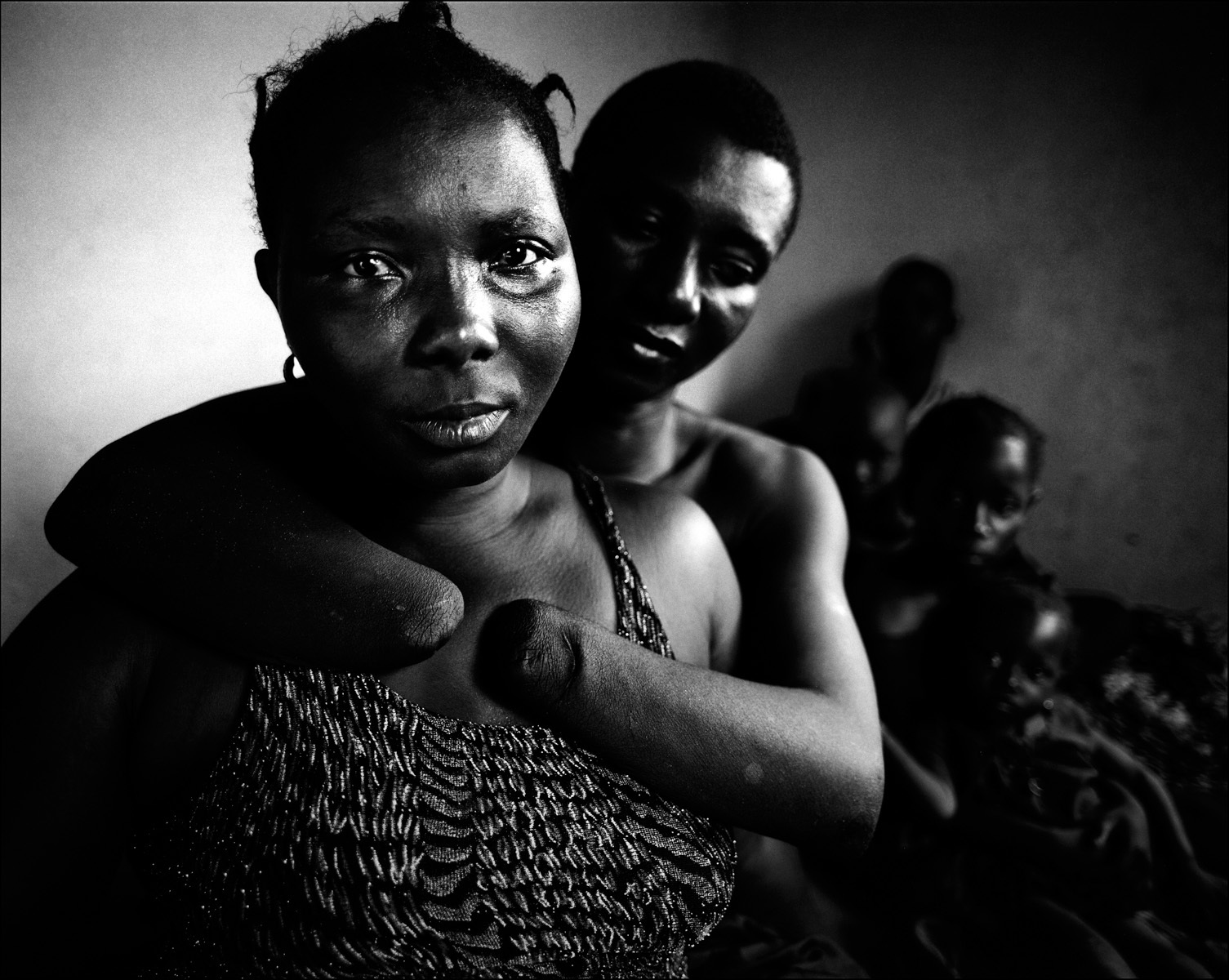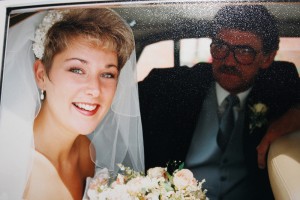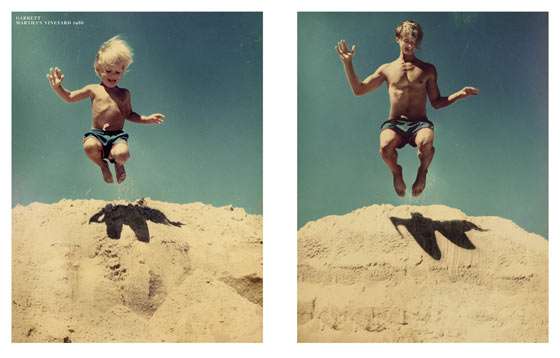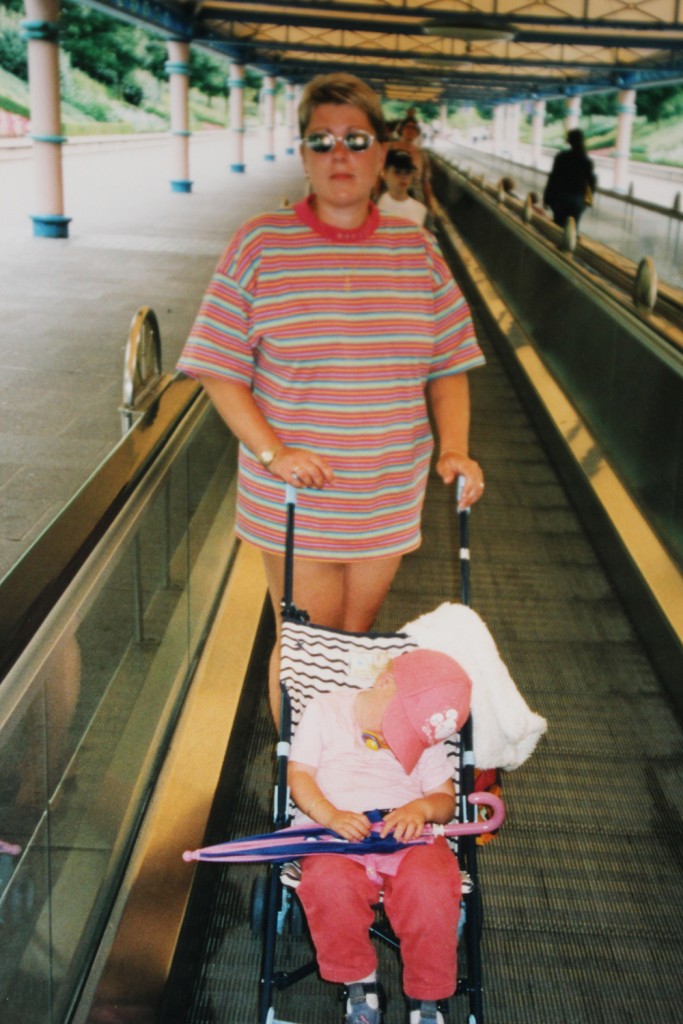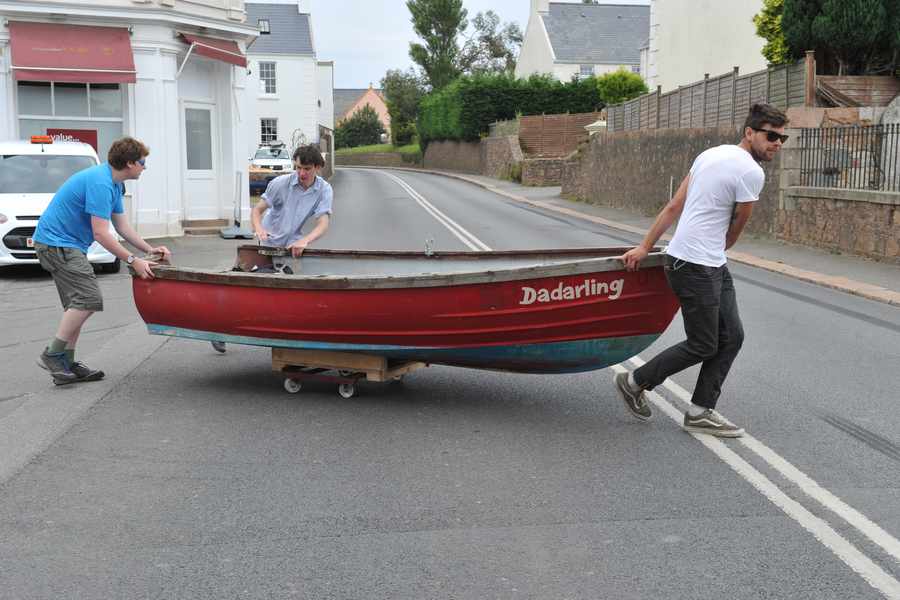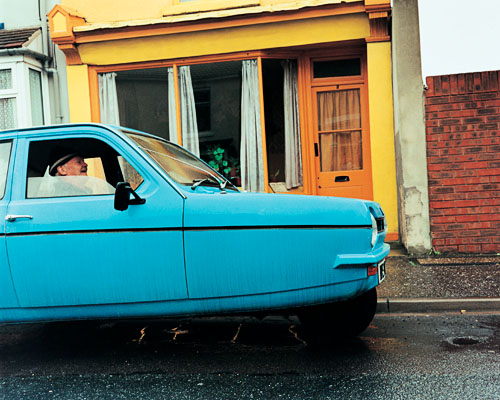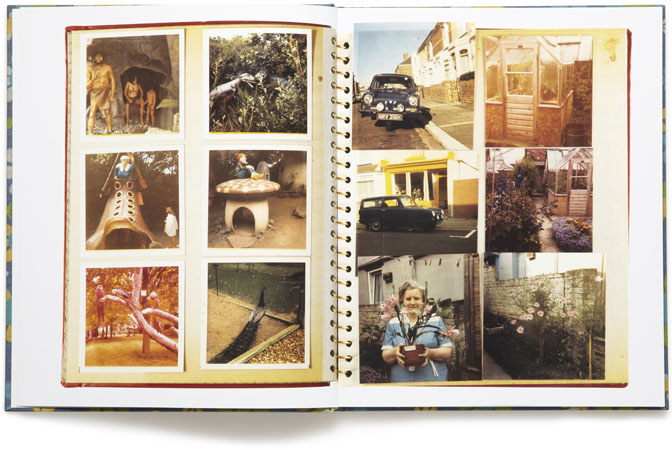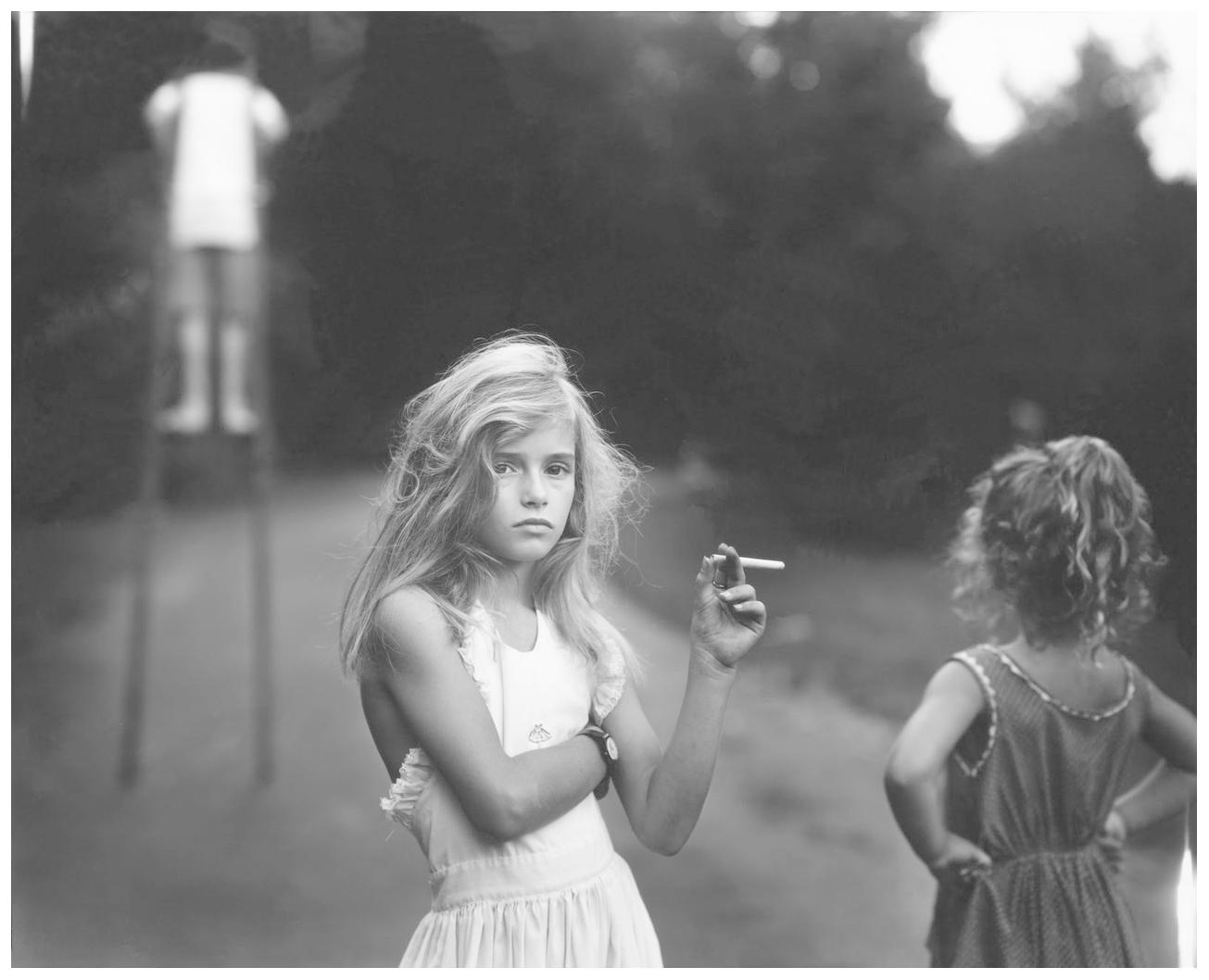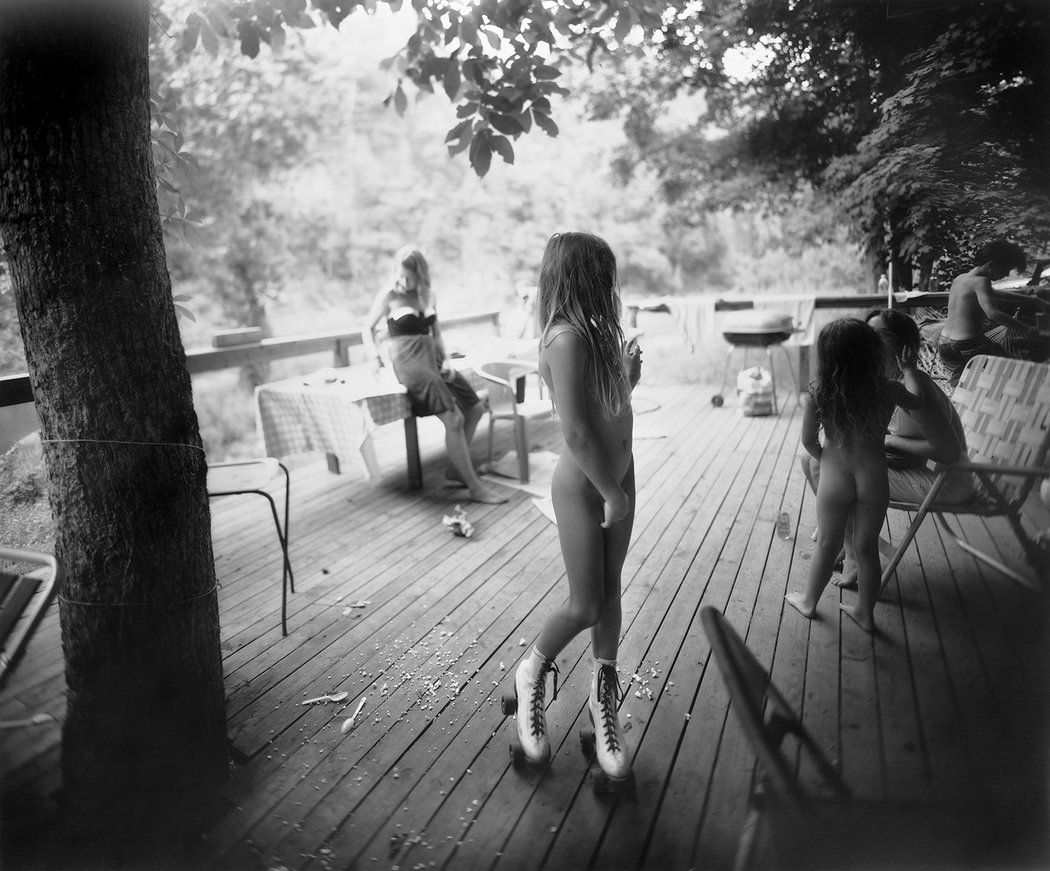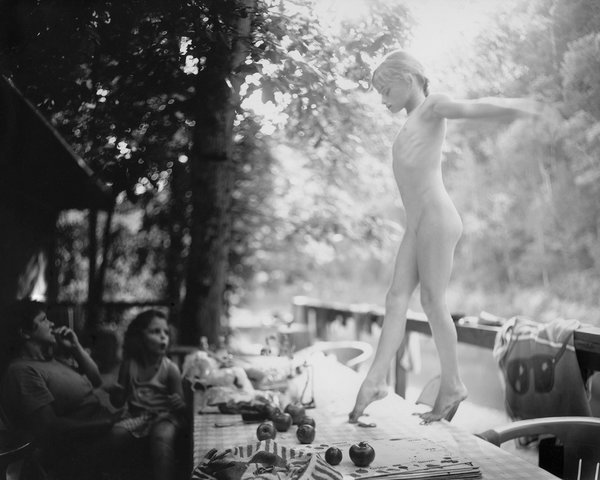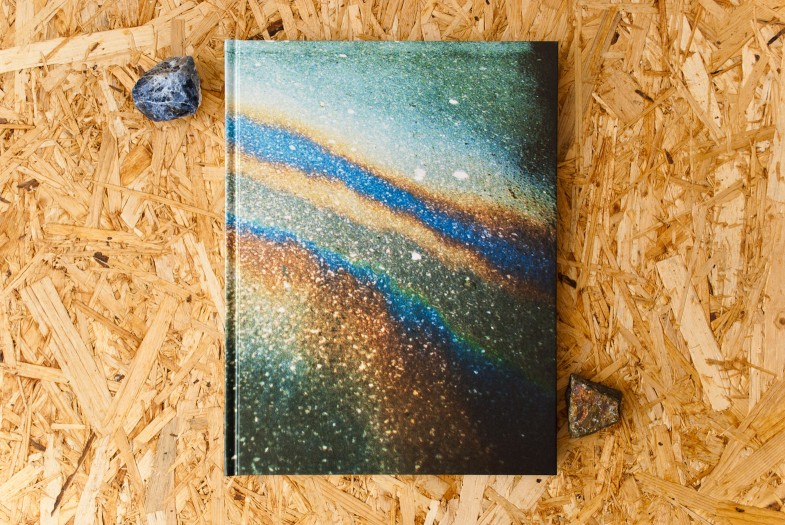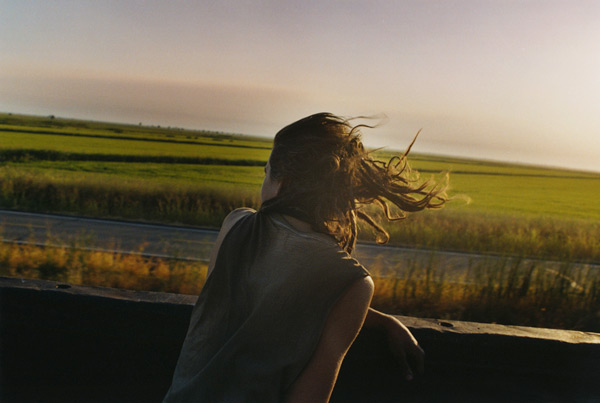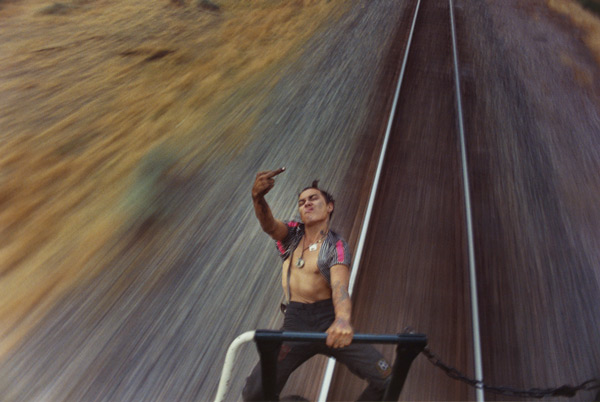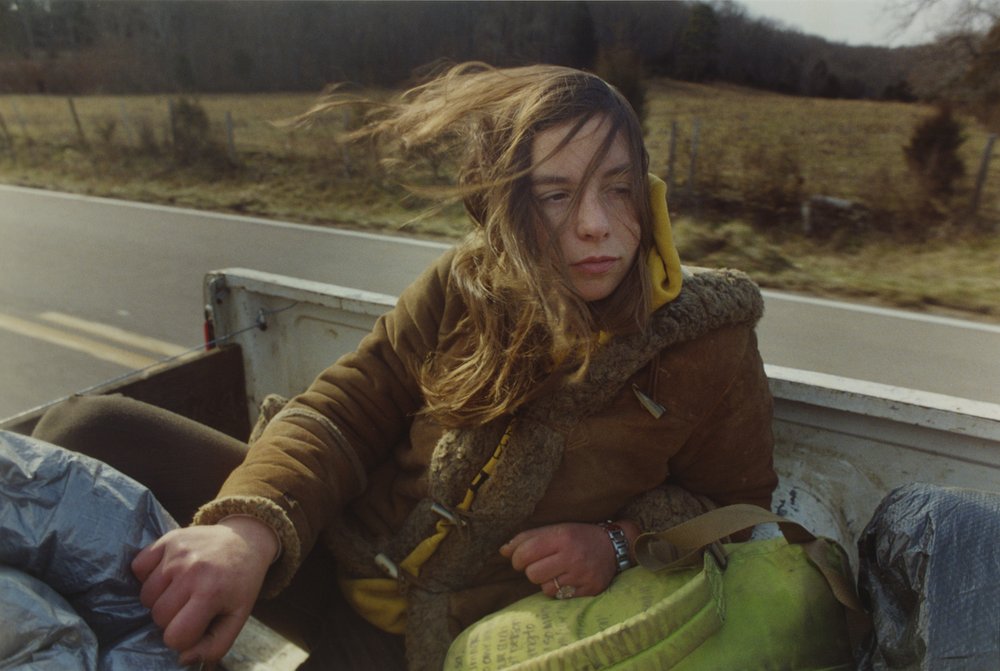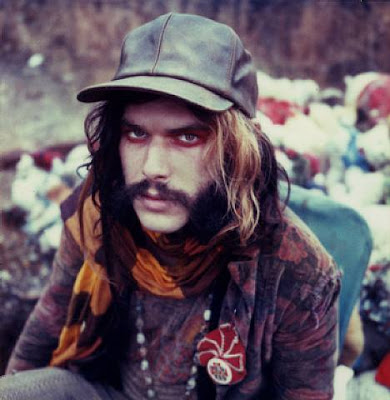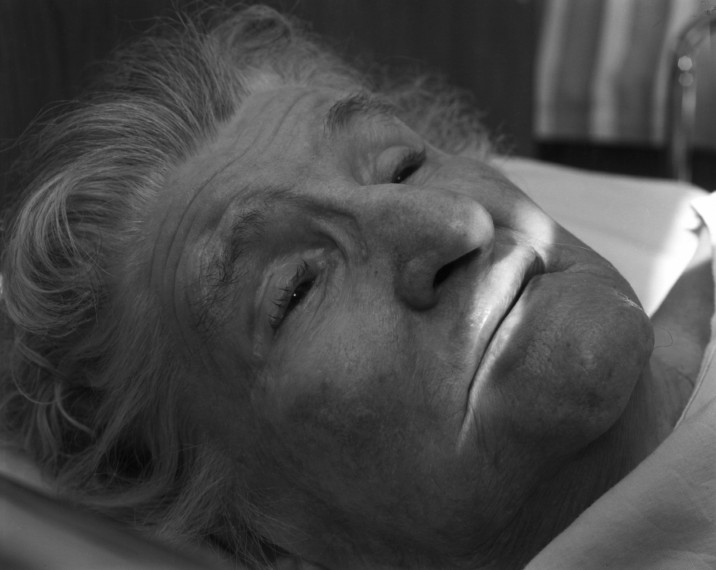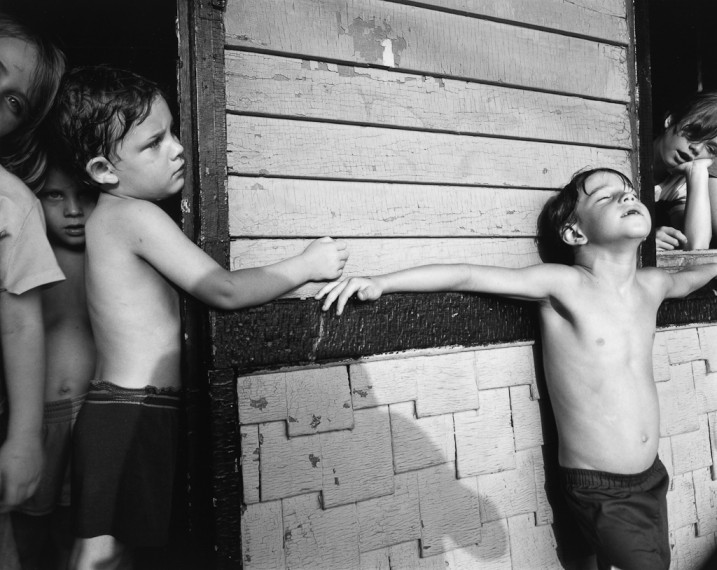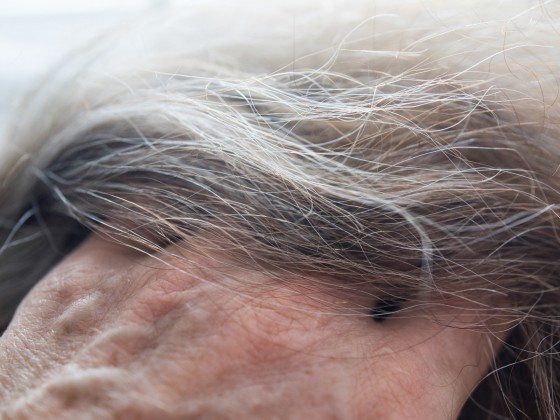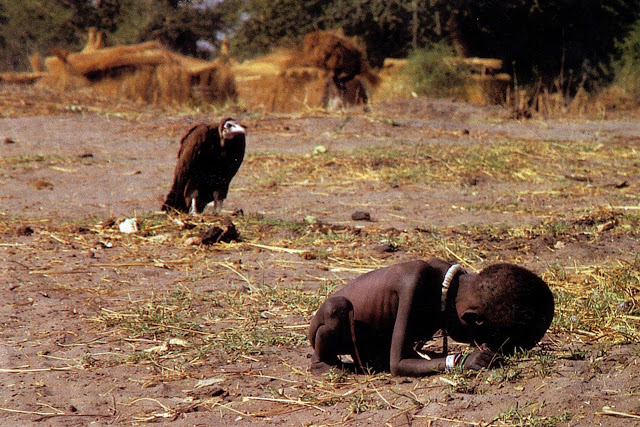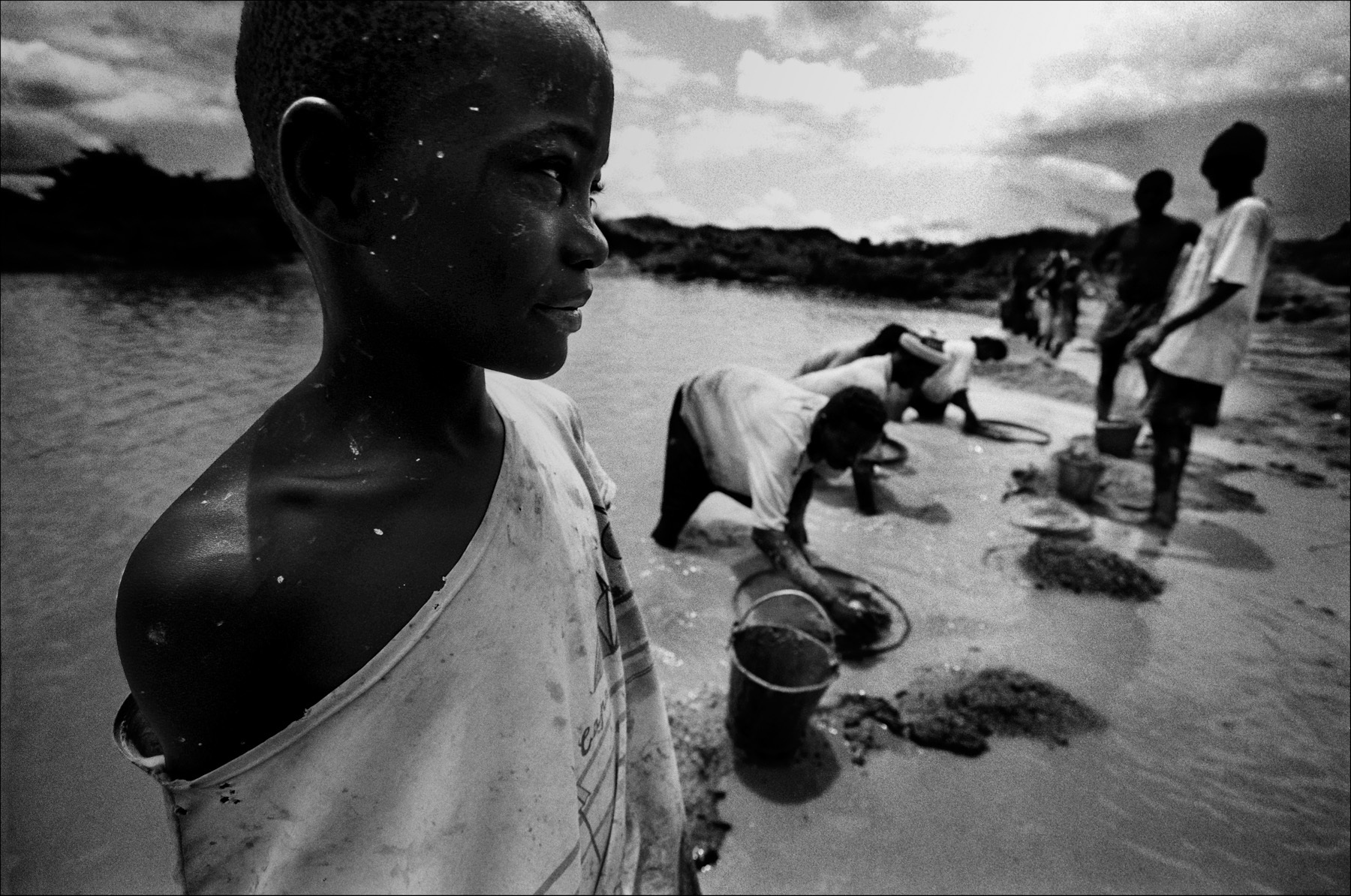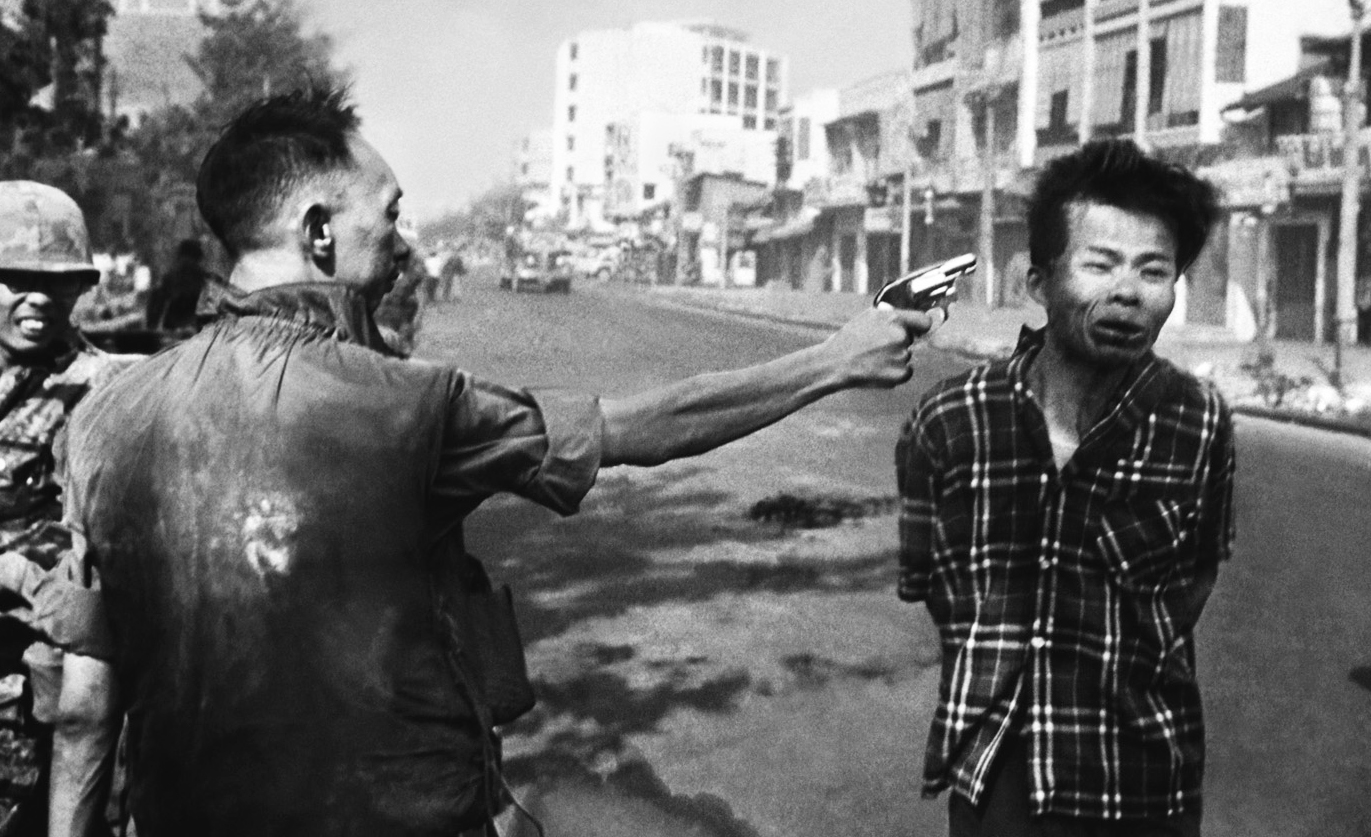All posts by Sian Cumming
Filters
5 Week plan
Week of the 12th Oct – RECORD: This weekend I am going to record images of myself that replicate the photographs of my mum from her wedding day. I will get these photographs developed on Monday and hopefully have them to present on Tuesday.
Week of the 19th Oct – Find photographs through old family albums and find images of me and my family. I want to try and replicate those photographs so I can present them from past tense to present tense and see the difference between them.
Week of the 26th Oct – RECORD: I am going to Southampton for 2 days, in this time I am going to capture some images from around the town of different kinds of people. This will relate to the theme of community, showing the contrast between different classes of people and how they make up our community. This will be interesting as it will be in a different setting to Jersey which is what I want to do. I could then take photographs of our community, in Jersey, showing the contrast here and then compare the two places.
Week of the 2nd Nov – Research community photographers.
Week of the 9th Nov – RECORD: On the weekend its my Friends Birthday and she is having a party at one of the heritage sites in Jersey, L’etacquerel fort. The theme is glitter so I want to bring my disposable camera and take lots of pictures of my friends at the party and I especially think the glitter will look really effective in the photographs. This will relate to the theme of community as our friendship group is a big community, we are all basically like family so I am hoping to capture some images that reflect that.
MOTHER AND DAUGHTER
I like the idea of re-creating photographs, as I look similar to my mum I want to take some photographs of myself and replicate a photo of her as best as I can. I found some photographs from her wedding day that look the most like me, and I am going to dress myself to look like my mum as much as I can then take a photograph. This idea relates to the theme of family. I love the concept of relating me to my mum as a project because hopefully I’ll be able to capture an emotional connection between the photographs. I want to take the pictures on a disposable camera to make the photograph looks older so that it will look similar to the style of my mums photographs. Most of my family pictures were taken on disposable cameras so it is nice to fit my photographs with this theme. So when I compare my work with previous photographs from family albums it will interlink and look like more of a package.
Tom Pope’s Exhibition
When I first met Tom Pope, I thought he was very creative with his ideas. He defiantly inspired me when we went to St Malo, I really enjoyed doing spontaneous things with my friends and recording them. He connected with us as a young photographer and wasn’t scared to share his thoughts and his ability to push the boundaries with no fear was encouraging. I can tell he is passionate with what he does and his finals shows that. His exhibition in Jersey was interesting to look at, I really liked the final room which is where he had presented his own pictures with photographs from the archive. Especially the photos from the high jump, he Incorporated photos from the first winner of a high jumper back in the olden days and photographs from this years winner in the Island games and aliened the photos so the poles were at the same level. This made the pictures all at different heights which made it more interesting to look at. This connection from the archive made his work extra special as Tom is trying to exploit photographs from the archive back into our society. This enabled us to notice the differences of what it was like back then and how it is now. In the high jump, the equipment was just a bamboo stick and only the floor to land on, so to see the development from then to now is fascinating.
I also loved the slideshow he produced of old postcards from the archive with written quotes on them. Quotes that don’t even relate to the photograph, it made the postcard more intriguing and makes you look at it more. His connection with the archive was very interesting and something no other photographer has encouraged so much before. I think it was a great idea to spread what he could from our past society in Jersey.
Julian Germain
‘For every minute you are angry you lose sixty seconds of happiness’
A series of photographs made over 8 years of the quiet existence of Charles Snelling, an elderly man living alone in a small house in Portsmouth, shown alongside pages from Snelling’s own albums. Charles Albert Lucian Snelling (Charlie) spent the last years of his life absorbed in his memories of his wife, his children, his love for flowers, music and the daily pleasures of the crossword, and his albums of his own photographs. Germain’s photographs of Charlie, his home and the things he owned are a beautiful, gentle portrait of a gentleman in his twilight years.
I love his work as the photographs are so bright and colourful, even though the context is quite upsetting, the photographs represent a more positive light. My favourite photograph is the picture below because I love the colour popping in it, his old fashioned car is so cute and I love the colour. Also the expression in his face makes me smile as it portrays a positive vibe. I love the idea of how the book has memory’s from their marriage from his personal photo album, it gives it a special touch and makes it more personal to Charles which is really sweet. He has inspired me to put my own family memory’s from our personal album into my final book as it will make it more personal to me and give it that extra touch that will make it more family orientated. Also, the use of colour popping has really interested me as I would like to have a contrast of old black and white photographs and then bright colourful pictures in my final piece.
Sally Mann
Immediate Family: The book consists of 65 black-and-white photographs of her three children, all under the age of 10. Many of the pictures were taken at the family’s remote summer cabin along the river, where the children played and swam in the nude. Many explore typical childhood themes (skinny dipping, reading the funnies, dressing up, vamping, napping, playing board games) but others touch on darker themes such as insecurity, loneliness, injury, sexuality and death. The controversy on its release was intense, including accusations of child pornography (both in America and abroad) and of contrived fiction with constructed tableaux.
I think her photographs are beautiful, and the fact that they are her children, there is an immediate connection in the pictures. They’re so natural and simplistic but so effective, some of her photos are quite controversial too and I like that. One of my favourite photographs is the one of her daughter where she is holding a cigarette, its such a beautiful photo but is more risky and shes not scared of the publics reaction.
Theo Gosselin
Theo Gosselin did a project which I thought was really interesting and was a perfect representation of documentary photography. His photography book that he published really inspired me to do a similar idea. He took photos of his road trip around America with his friends and just took really cool, some simplistic photographs that really looked effective. The colours and lighting really fit the mood for his topic, the sunsets looke beautiful and the photographs were very natural and fun.
As a response I want to do something very similar, this will be quite extreme but I do want to capture some images of people jumping in the sea naked from behind. When I see them it makes me smile because I can see the enjoyment they have from doing it from their body actions. I want to make a day out of this project, so I am going to get about 4 friends to come on a drive with me to different parts of Jersey and take photographs of the spontaneous things that we do. I am interested in getting shots from in the sea and then if it is a nice day, sunset pictures because the lighting will be perfect. Another photographer that does a similar idea is Mike Brodie, also known by his graffiti tag the “Polaroid Kid”, is an American photographer from Pensacola, Florida. A friend gave him a camera and he subsequently spent three years photographing people he encountered, largely train-hoppers, vagabonds, squatters and hobos. His photography captures similar images to Theo and takes his images as documentary photography, I really like his images and love the lighting/theme running through his photos.
Theo Gosselin:
Mike Brodie:
Nicholas Nixon
Nicholas Nixon, born in 1947, is known for the ease and intimacy of his black and white large format photography. Nixon has photographed porch life in the rural south, schools in and around Boston, cityscapes, sick and dying people, the intimacy of couples, and the ongoing annual portrait of his wife. I am hoping to do a similar project over the Christmas holidays when I go and visit my family in England. I love black and white photographs especially as portraits when they have a lot of detail. I have a young cousin called Dylan who has beautiful curly hair and I can’t wait to photograph him as he has an amazing personality which will hopefully capture in the photographs. I will also visit my Nan who is falling very ill, so it will be nice to capture some photographs of her so that I have them in case anything happens to her. The contrast between young and old will be interesting to compare in the photographs especially with the expressions that they pull. The lighting in his photographs is really complimenting the people in the picture and black and white images make the over all image more flawless.
Documentary photography and its Ethics
The controversy between whether or not these photographers should be taken is an ongoing argument, but in my opinion, generally I think these photographers have a deeper meaning and are taken to exploit a problem so that change can occur rather than just take a good picture. Even though the photographs are upsetting, I think the sympathy for the child has made the public want to help more. Photographers who take photographs for the news to exploit an issue, do it not in a malicious way but they do it with sheer courage to show people that this is really happening and it needs to be stopped. It is more a reality check, why shouldn’t they take photos? It is what is happening in the world, are the public embarrassed to show the rest of the world that its happening in their country? There is positive and negative documentary photography and just because the pictures can be shocking to look at, its not like the photographer can manipulate what is really happening. In a world leaded by the media information, it is essential that society can be put into a position to trust the media; to believe that what its been shown and told corresponds to reality, so that a reaction against such reality could be properly achieved.
An example of controversy photograph is this picture above. In March 1993 Kevin Carter made a trip to Sudan. Near the village of Ayod, Carter found a girl who had stopped to rest while struggling to a United Nations feeding centre, where a vulture had landed nearby. He waited for twenty minutes until the vulture was close enough, positioned himself for the best possible image and only then chased the vulture away. At this point Carter was probably not yet aware that he had shot one of the most –or even the most- controversial photographs in the history of photojournalism.
The photograph was sold to The New York Times where it appeared for the first time on March 26, 1993. Practically overnight hundreds of people contacted the newspaper to ask whether the child had survived, leading the newspaper to run a special editor’s note saying the girl had enough strength to walk away from the vulture, but that her ultimate fate was unknown. On April 2, 1994 Nancy Buirski, a foreign New York Times picture editor, phoned Carter to inform him he had been awarded with the most coveted prize for photojournalism; the Pulitzer Prize for Feature Photography.
Photojournalism
Photojournalism is a particular form of journalism (the collecting, editing, and presenting of news material for publication or broadcast) that employs images in order to tell a news story. They’re still images that tell a story usually to exploit news to across the world. Photographing news for an assignment is one of the most ethical problems photographers face Photojournalists have a moral responsibility to decide what pictures to take, what picture to stage, and what pictures to show the public. The public is attracted to gruesome photographs and dramatic stories. A lot of controversy arises when deciding which photographs are too violent to show the public, but ultimately it gets their attention.
There are 3 types of photojournalism:
Timeliness – The images have meaning in the context of a recently published record of events.
Objectivity – The situation implied by the images is a fair and accurate representation of the events they depict in both content and tone.
Narrative – The images combine with other news elements to make facts relatable to the viewer or reader on a cultural level.
Examples of Photojournalism:
